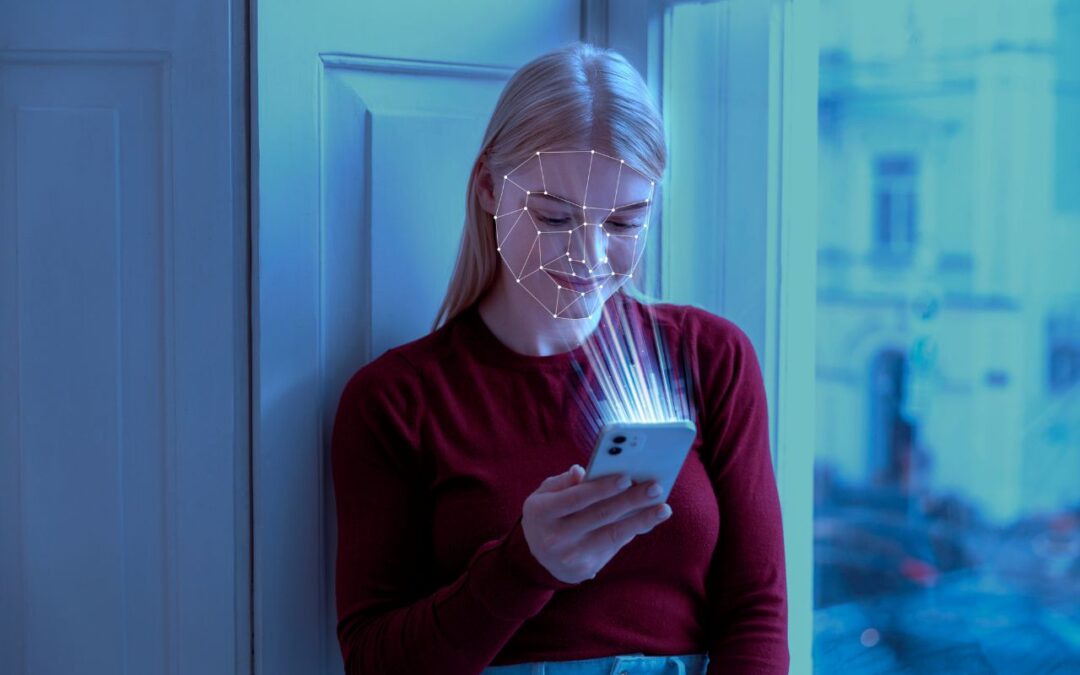In the last decade, digital tools that measure beauty have captured the attention of millions of users worldwide. Among these tools, PrettyScale has become one of the most recognized, drawing curiosity, praise, and criticism in equal measure. It promises to give people a score that reflects how “attractive” they are, based on facial proportions and symmetry.
While some see it as entertainment, others view it as a modern mirror reflecting society’s fixation with beauty. This article will explore what Pretty Scale is, how it works, how to use it, and the deeper cultural and psychological discussions it raises.
What Is Pretty Scale?
Test de belleza is an online facial analysis platform that evaluates a person’s face and provides a numerical score meant to indicate beauty. The score is usually presented on a scale from one to one hundred. It is based on certain physical characteristics—particularly symmetry, ratios, and proportions—that have historically been associated with attractiveness.
Although it may appear as a playful test, the tool is rooted in mathematical and scientific concepts. Its algorithms are built to mimic the classical ideas of proportion that artists and scientists have referenced for centuries. The golden ratio, for example, has long been seen as a measurement of harmony, balance, and beauty. Pretty Scale takes these old principles and applies them in a modern, AI-driven way.
How the Technology Works
Behind the screen, Pretty Scale operates through facial recognition technology. Once a photo is uploaded, the tool maps out key facial landmarks: eyes, nose, mouth, chin, forehead, and jawline. These landmarks are then compared to standardized measurements that represent “ideal” facial proportions.
The program analyzes whether the eyes are evenly spaced, whether the nose length aligns with facial width, or whether the jawline is considered proportionate. Based on these calculations, it generates a beauty score. While the process may feel scientific, it is still an approximation rather than a universal truth. The algorithm applies one narrow standard of beauty, and beauty itself is far more complex and varied.
How to Use Pretty Scale
Using Pretty Scale is straightforward. A clear, front-facing photo is required for the system to detect and analyze facial features accurately. Once uploaded, the algorithm processes the image, maps the landmarks, and quickly delivers a result. Users can then see their score, along with feedback about their facial structure.
The simplicity of the tool is part of its popularity. It requires no technical knowledge and delivers instant results. Many people use it as entertainment, sharing their scores on social media, while others approach it more seriously, comparing results with friends or testing how different selfies might affect the score.
The Psychology of Beauty and Numbers
One of the most fascinating aspects of Pretty Scale is not the technology itself, but the way people react to it. Numbers have power; they feel objective, even when they are not. When someone receives a high score, it can temporarily boost confidence. When the score is low, it can trigger insecurity, doubt, or even disappointment.
This reveals the psychological weight of digital beauty tools. They can shape how individuals perceive themselves, even if they know the system is limited. It also underscores the importance of framing tools like Pretty Scale as fun or experimental, rather than as serious judgments of worth. True beauty cannot be captured by an algorithm—it is influenced by personality, charisma, cultural context, and countless intangible qualities.
Cultural Standards and Their Influence
Pretty Scale also sparks discussion about how different cultures perceive beauty. The tool applies mathematical standards that may not align with the diverse ideals of attractiveness across the world. For example, facial shapes admired in East Asia may differ from those celebrated in Europe or Africa. By focusing on symmetry and proportion, the tool often overlooks these cultural differences.
This raises important questions: Should technology define beauty? Is it possible to create a universal measurement of attractiveness? While Pretty Scale does not attempt to answer these questions, its very existence highlights how deeply global culture remains fascinated by beauty metrics.
Why People Keep Using Pretty Scale
Despite criticism, Pretty Scale continues to attract millions of users. Part of its appeal is curiosity—people want to know how they “rank” in the eyes of an algorithm. Another reason is entertainment, as sharing results online often creates conversation and humor. Influencers, in particular, use Pretty Scale as part of trends, testing their looks publicly and inviting followers to compare.
It also taps into a deeper human desire: the wish to measure and quantify something as abstract as beauty. By turning beauty into a number, Pretty Scale gives people a way to interact with an age-old question: “Am I attractive?”
The Criticism Around Pretty Scale
Pretty Scale has not escaped controversy. Critics argue that it reinforces unrealistic beauty standards and can harm self-esteem, especially among younger users. By reducing beauty to numbers, it overlooks individuality and diversity.
The lack of inclusivity is another point of criticism. Since the algorithm is based on narrow ratios, it may not accurately reflect the attractiveness of people with different ethnic backgrounds or unique features. In short, the tool risks pushing users toward a single, homogenized idea of beauty, which is neither realistic nor fair.
Beyond Fun: Real-World Applications
While Pretty Scale itself is marketed as a playful tool, the technology behind it has practical uses. Symmetry analysis is valuable in fields like orthodontics, cosmetic surgery, and dermatology. Doctors often evaluate facial balance to guide treatments or reconstructive procedures.
In addition, beauty and fashion industries use similar technologies for virtual try-ons, personalized recommendations, and digital modeling. What Pretty Scale presents as entertainment, other platforms adapt for professional and commercial use.
Balancing Entertainment and Reality
Pretty Scale demonstrates how quickly entertainment can merge with self-perception. The key is not to take it too seriously. Users should treat it as a novelty, something to spark curiosity or laughter, rather than as a final verdict on attractiveness.
At the same time, its popularity provides an opportunity to reflect on the values we attach to appearance. If a simple score can influence how we feel about ourselves, it shows how powerful and fragile beauty standards are. Understanding this dynamic helps people approach such tools with a healthier mindset.
The Future of Beauty Analysis
Pretty Scale is only the beginning. As AI becomes more advanced, tools that analyze, enhance, and even alter human appearance will become more sophisticated. Already, apps can simulate makeup, hairstyles, and even cosmetic surgery with impressive accuracy.
In the future, these tools might integrate into virtual reality platforms, allowing people to test looks in real time. While exciting, this raises ethical concerns about reinforcing beauty stereotypes and increasing pressure to conform to digital ideals.
Conclusion
Pretty Scale is more than a simple online beauty test. It reflects centuries of human fascination with proportion and symmetry, packaged into a modern digital experience. While fun and engaging, it also highlights the risks of reducing beauty to mathematical formulas.
When used with perspective, Pretty Scale can be an entertaining way to explore how technology views faces. But it should also remind us that true beauty cannot be measured by an algorithm. Confidence, individuality, and character remain far beyond the reach of numbers—and perhaps that is what makes beauty most meaningful.






